Cold Plunge Pool Pro
$889.00 NZD

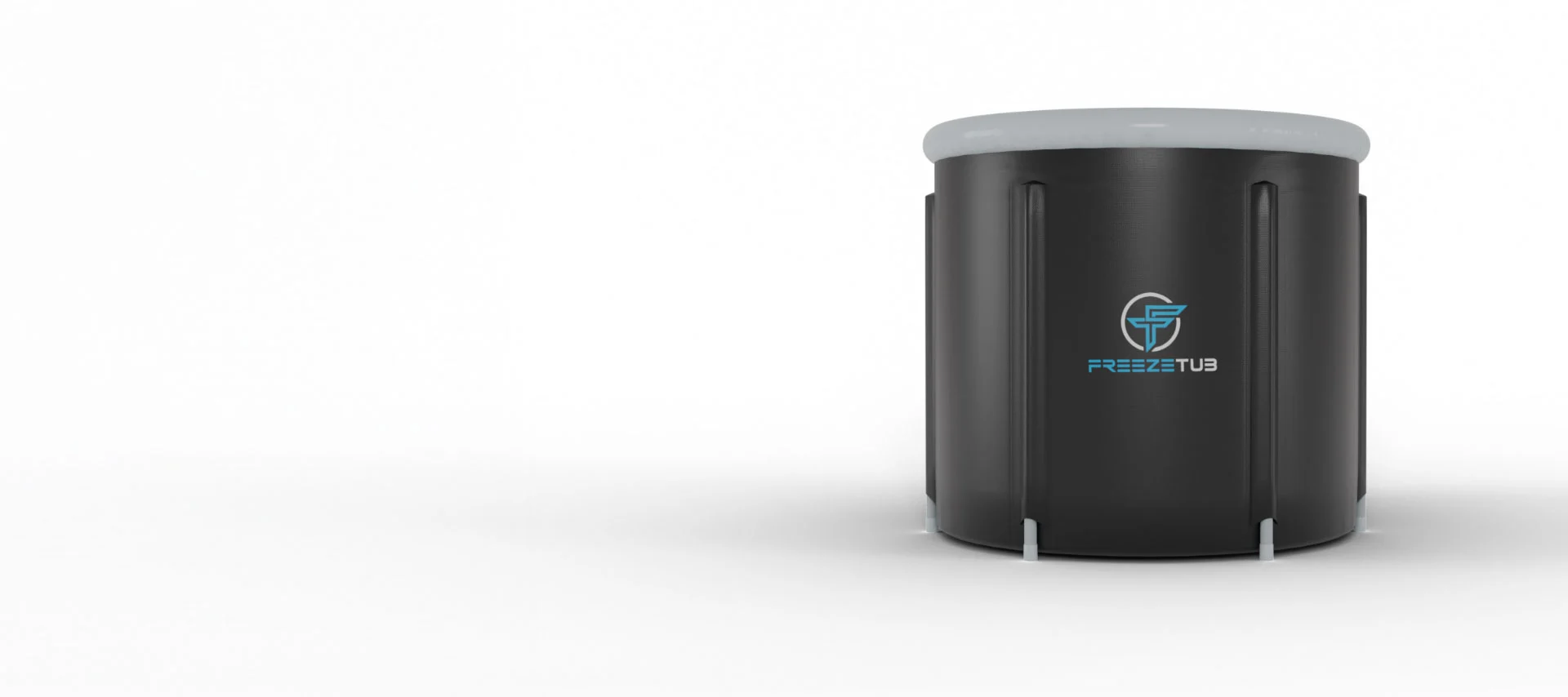
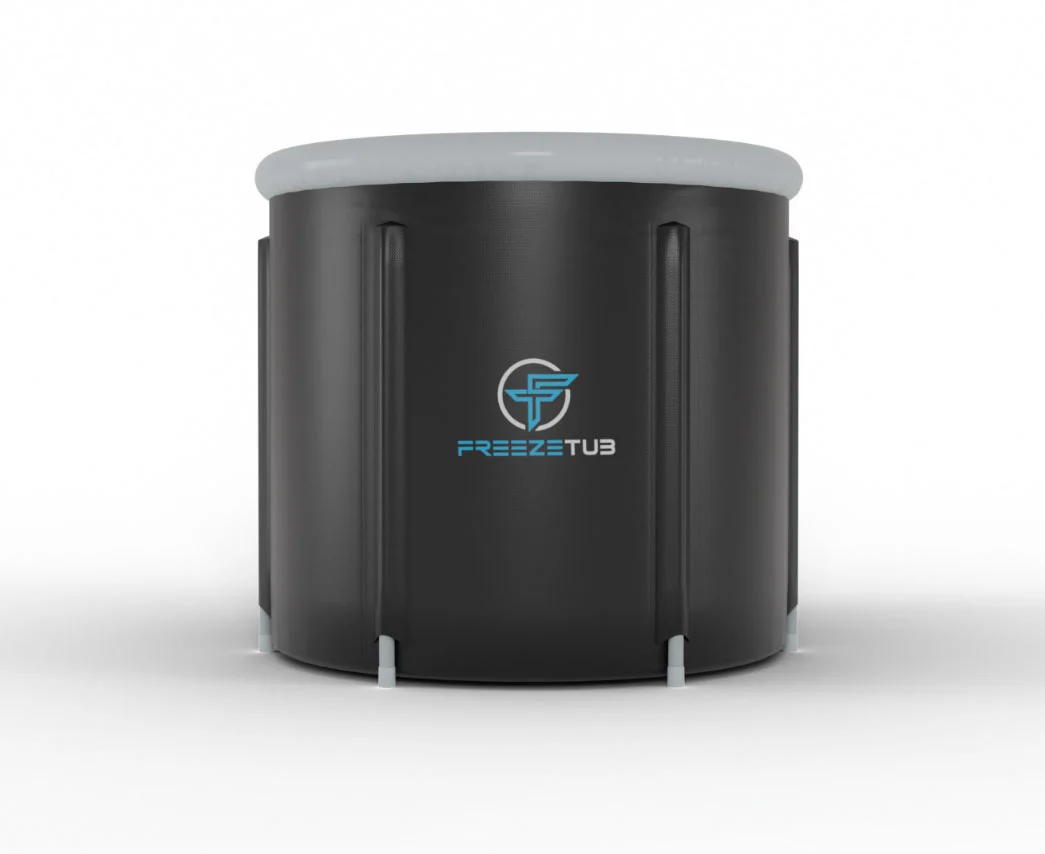

Ice Baths trigger norepinephrine which in turn ripples on to stabilize blood pressure, distribute more nutrients and oxygen to the organs.
Check more reviews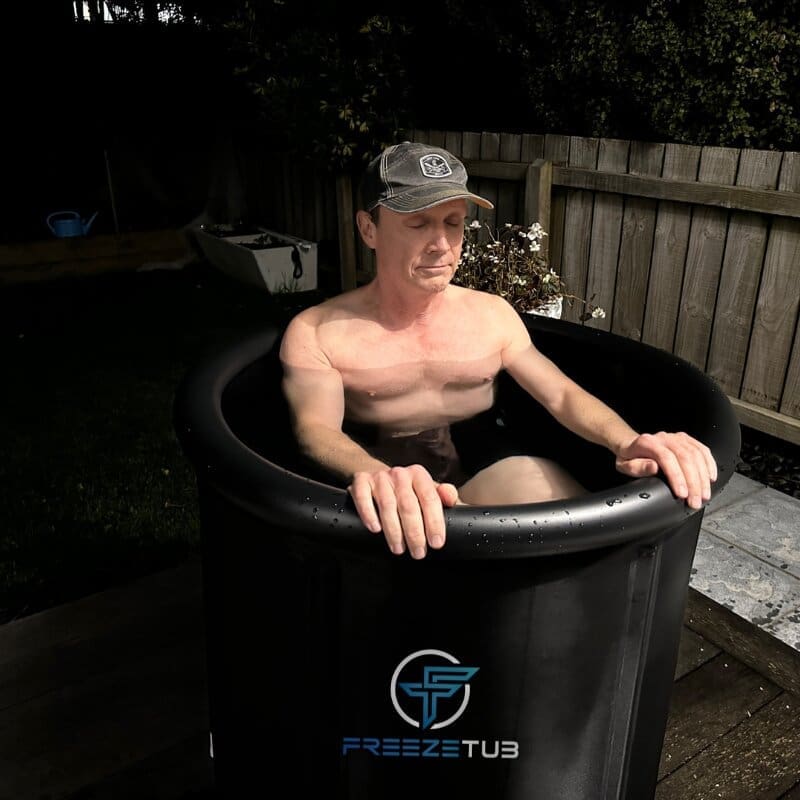
Years of ice baths (in the bathtub) wasting water and time. Easier to jump in and out and get on with your day.
- Dale F
Definitely feel more energised, I sleep better and have certainly notice a difference in recovery after my long day hikes.
- Fiona J
Was keen to try it and pleased I did, it’s helped my recovery and def my mental strength over time. Thanks
- Abby K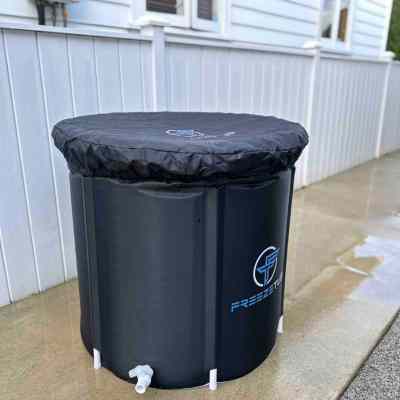
Duh! After figuring out there is a plug at the bottom, it finally filled with water. But what a feeling afterwards!!!
- Matthew S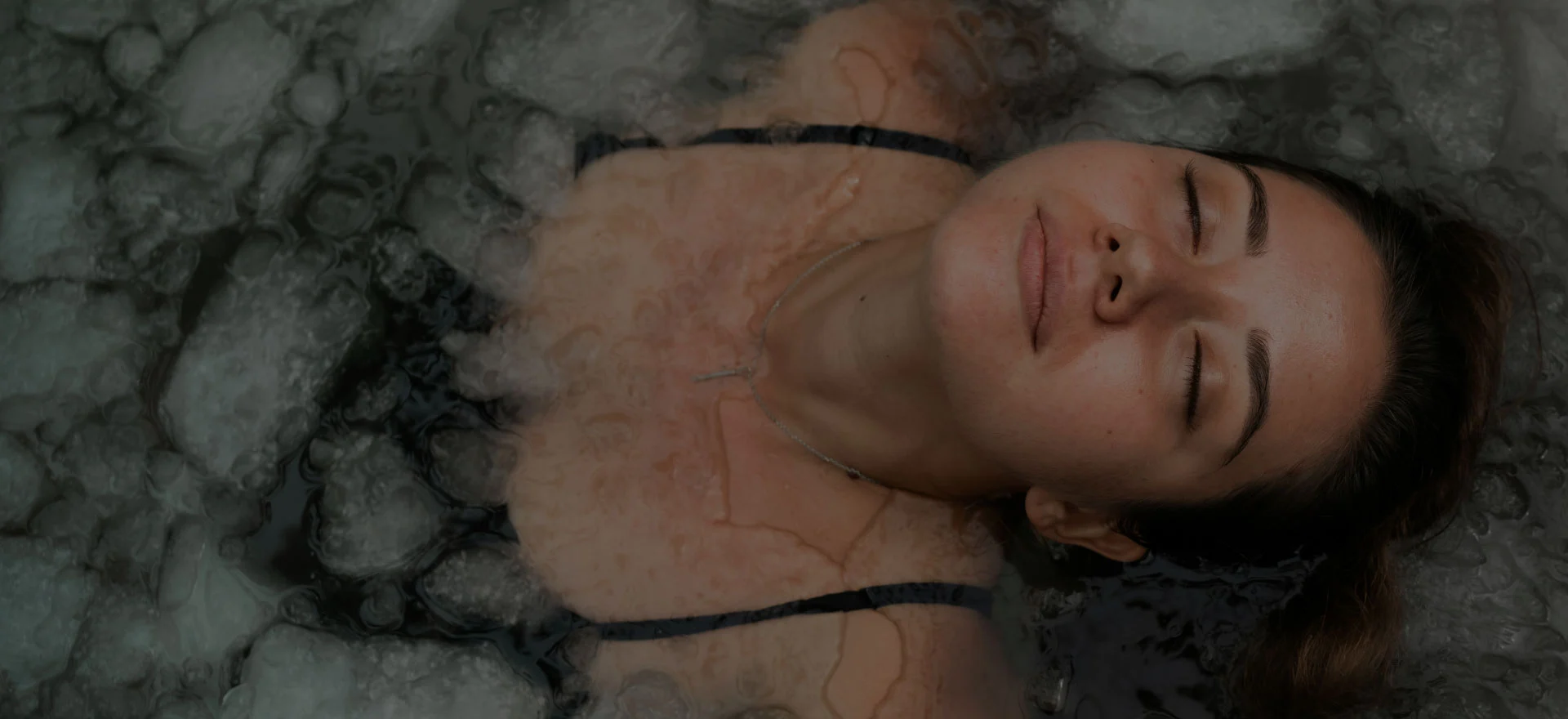 Explore Ice Bath Benefits
Explore Ice Bath Benefits
Ice Baths elicit the release a hormone called, norepinephrine which stablises blood pressure and facilitates the distribution of vital nutrients and oxygen around the body. Research has demonstrated its effectiveness at reducing inflammation, a key indicator of degenerative disease.
Cold Water Therapy is practised by







Skin Friendly Waterproof Coating
Waterproof PVC Plastic
Cross Linked Thermal Insulated
Waterproof PVC Plastic
UV Resistant Rip-Stop - Technology
Freeze Tub is engineered with a multi-layered thermal construction using reinforced stitching providing you with a quality experience in cold water therapy.
Crafted with precision and care, each detail of our Ice Baths exudes excellence, setting it apart from the rest.
From its sleek, ergonomic design to its superior build quality, Freeze Tub stands as a beacon of innovation in the realm of recovery equipment.
Are ice baths good for you?
Cold water therapy is not a new thing, it has been used in many health based approaches primarily to help reduce pain and inflammation but further to this, there has been sufficient evidence showing regular ice baths can help alleviate stress, boost mood, lower anxiety. You can further your knowledge of ice bath benefits on our blog.
Does the ice bath come with a cover?
The Freeze Tub packs down into a small carry case to move around wherever you go. When packed up, it weighs roughly 5kg (8 lbs) You can store it for months without any worry. We suggest you don’t leave your Freeze Tub packed up wet for obvious reasons. Please dry it off completely before packing it away. When your Solo is filled with water, it’s over 300kg. Don’t try and move it, or drag it when it’s filled with water, it will rip or get damaged.
How often should I clean my ice bath?
This depends on how you use it. If you’re one to come home from a muddy football pitch and jump in, then it’ll need most Saturdays. We recommend adding in some raw, cheap salt and add in about 500 grams to a full tub. When you use salt with your Freeze Tub, you can keep the water in for up to 4 weeks. Without salt, we recommend changing the water every 6 to 8 sessions.
Can I leave the ice bath outside?
Yes, the Freeze Tub has a UV-protective shell and will last in any condition.
How do I assemble the Freeze Tub?
The Freeze Tub comes with instructions but you can also watch the Freeze Tub Assembly Guide. Or you can go to our How To Guides on our website for all set up and care instructions.
How long should I stay in the Freeze Tub for?
Every person reacts differently to cold water immersion therapy. You should start with the water temperature at 15 degrees Celsius, or general hose water for 3-4 minutes and from there adjust the time and temperature to your liking over time. Explore different temperatures and times, and record how you felt afterwards. You will find the ideal plunge time and water temperature after a short period.
What's the difference between the Freeze Tub Solo and Pro?
Freeze Tub Solo is best suited for one person plunging at a time. The Solo can collapse down and be put away or moved relatively easily when it’s empty. The Freeze Tub Pro is suitable for 2 people or someone that prefers to have more space while they Ice Bath. It has a rigid fiberglass construction. it can also be deflated and moved easily when it is not full of water. The Pro can also be fitted with a chiller, for the serious Freeze Tubber.
What are Freeze Tub's dimensions and water capacity?
Be mindful of the 75cm Ice Baths, they are quite small and often these are very flimsy and have a very limited lifespan.
The Freeze Tub Solo is a bigger ice bath, therefore more stable and has a height of 80cm and a width of 80cm. Each tub has 8 supporting legs, where others have only 6. Freeze Tub’s inflatable neck rim is .6mm thick vs. the others at .2mm thick,
The 5 layering thermal wall insulation is nearly 10mm thick, other brands who boast 5 layers, are generally 3 to 5mm thick. Freeze Tub as of 2024, has the thickest thermal blanket on the market.
The Freeze Tub Solo holds close to 400L and weighs 4 kg (without water) If you are under 6 foot 8″ you will be able to fit into the Solo. If you are over this height, we can order in a special sizing to suit your needs.
How much ice do you recommend for the ice bath?
This depends on your location and how cold your tap water might be. If you live in colder climates the requirement for Ice might not be required. If you live in a warmer climate, or it’s Summer, you could start with 2 x 3kg bags of Ice from the service station. We recommend using the Freeze Tub thermo-lid to keep your water icy cold. If you consider yourself a Pro Freeze Tubber, you’ll know that 5 bags of ice is a game changer.
TIP: To save money on service station Ice you can buy Freeze Tubs custom designed large Ice Trays. Each ice tray holds 1.2L of water and 2 trays is the equivalent of 1 bag of ice from the service station.
When is the best time to ice bath?
This often depends on your personal circumstances. Most often, the feedback we get is if you plunge first thing in the morning. It wakes you up and sets the day up well.
Others prefer the evening or after a workout. Be mindful, that the adrenaline surge you get right before bed may mean you’ll find it hard to get to sleep. To avoid this, don’t plunge after 7 pm.
How to make an ice bath?
You have a few options when it comes to making your own DIY Ice Bath. A lot of times people opt to buy a Freeze Tub Solo Ice Bath. But of course, we’ll tell you that
We’ve seen old garden bins and cleaned our rubbish bins converted into ice baths. The cons here is…you can never get them really clean!
If you want to step it up a notch, find yourself an old chest freezer and convert it into a Ice Bath. Sometimes, we’ve heard of people leaving it connected to the power outlet for colder water BUT we NEVER, EVER recommend this, water and electricity never work in well together. Even if you connect it to cool the water, water may seep into the cord and when you go to switch it off, you get electrocuted. DO NOT TRY THIS METHOD.
This is why we recommend buying a portable ice bath. You can take it away with you, move it, store it away if you need to. All other options tend to be bulky and challenging to maintain.
Check out the benefits of Ice Baths Cold Water Therapy
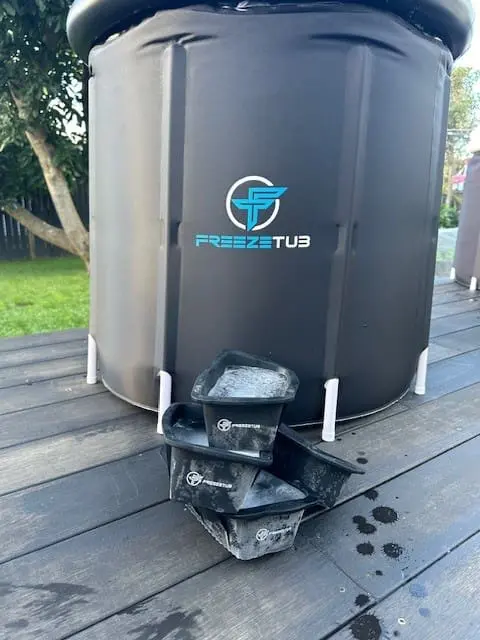
How To Clean Your Ice Bath
Cleaning your ice bath is generally, a very simple approach...
Read article

Why you need to add epsom salts to your ice bath
Epsom salt ice baths can boost muscle recovery, relieve inflammation, reduce stress, and replenish magnesium levels effectively...
Read article
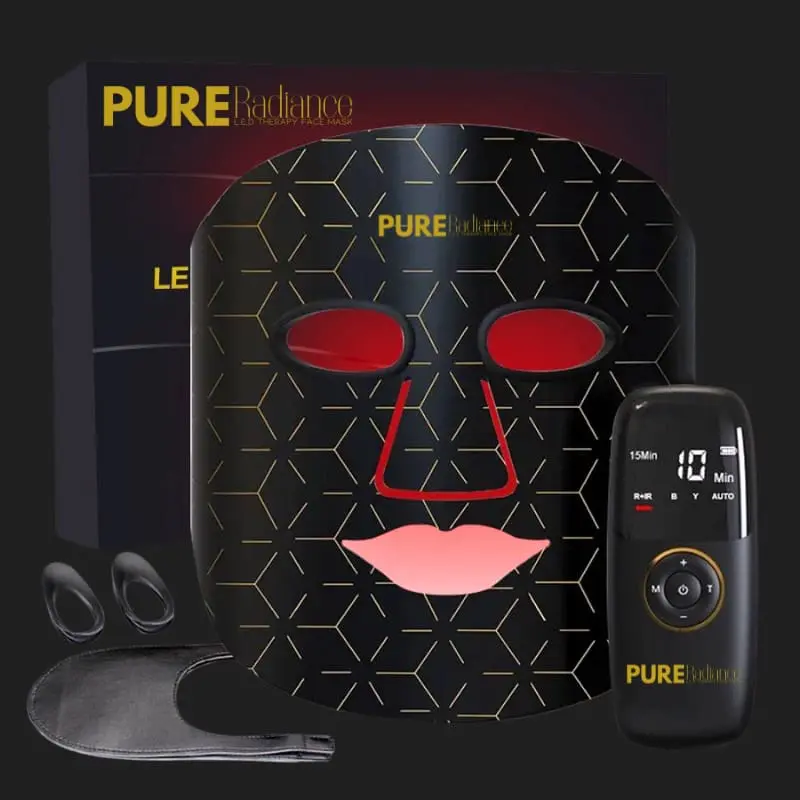
Do LED Masks Really Work?
Lets start off with a strong fact about the health and wellness industry...
Read article
Dive into our icy updates.
Subscribe now and let the chills come to you. See what we did there?